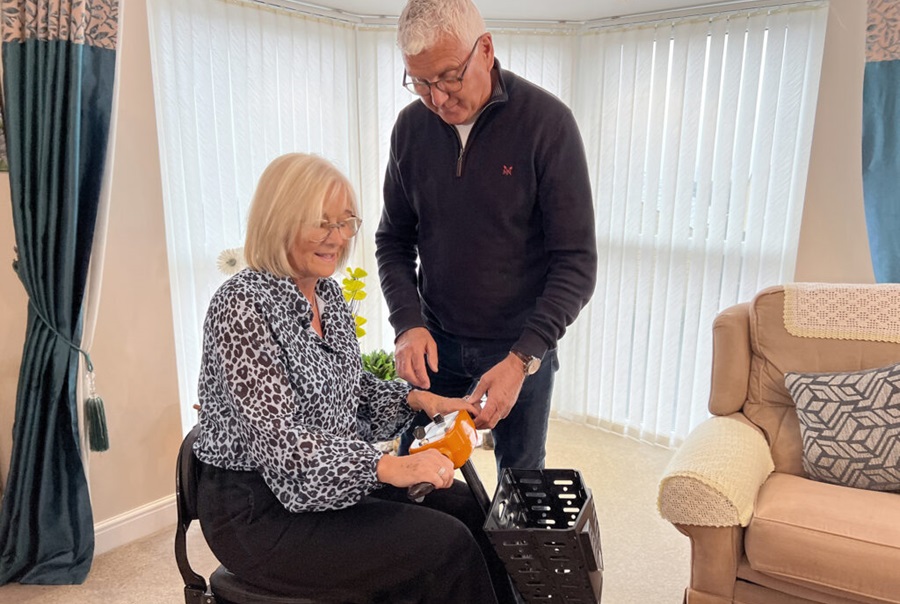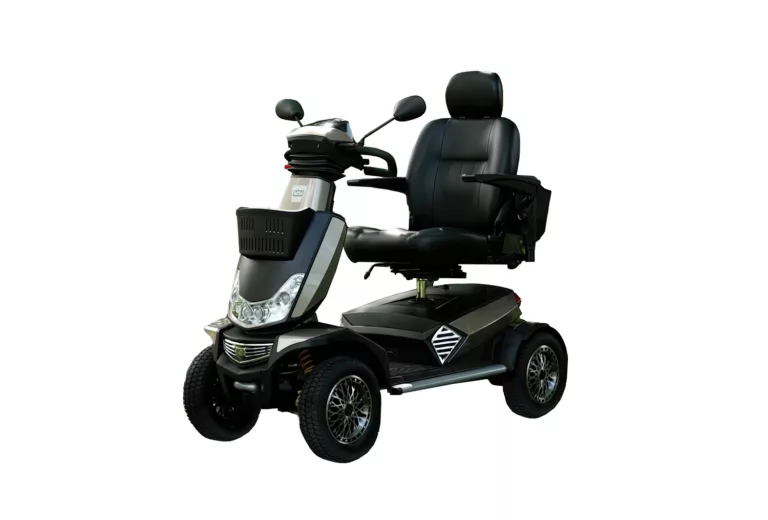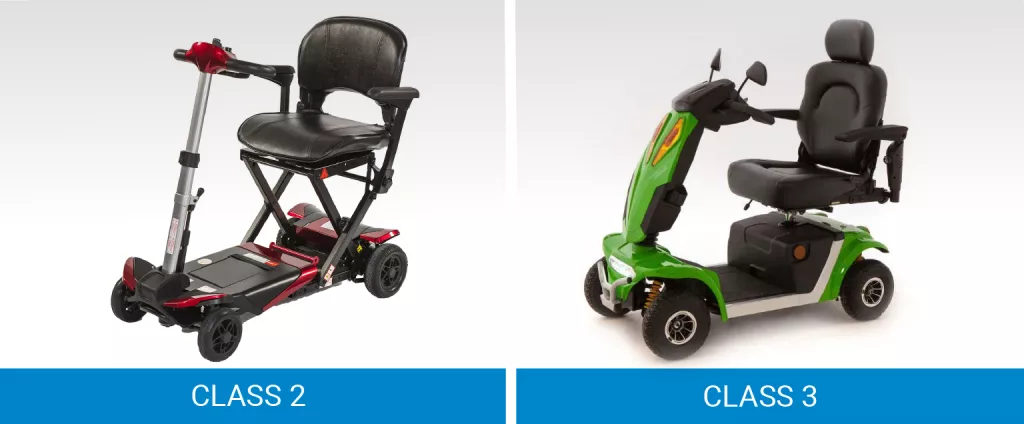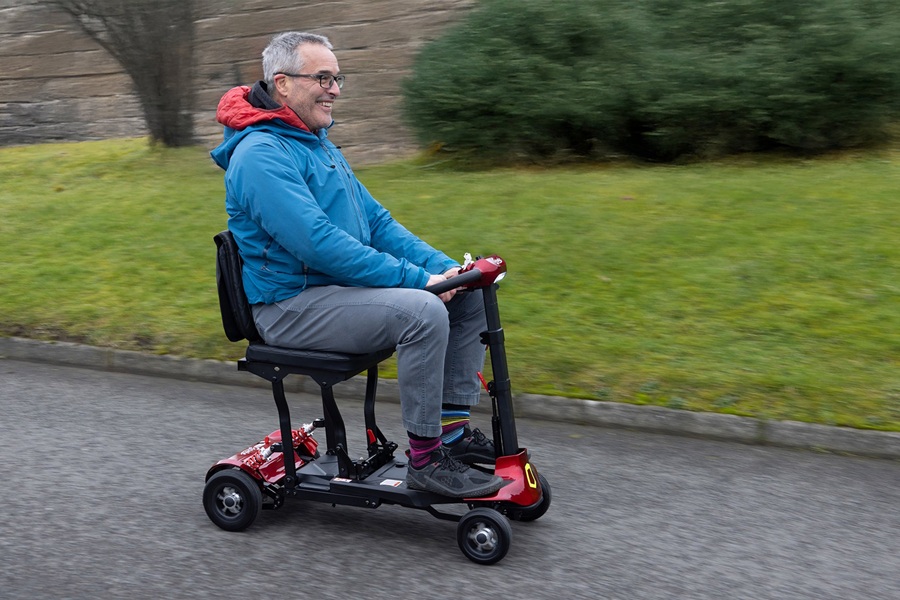
When you suffer from mobility issues, the opportunity to own a mobility scooter can be a life-changing experience. A scooter can give you the independence and freedom you may have lost. But with so many options available, how do you decide which mobility scooter is right for you.
In this article, we will look at the types of mobility scooters, the difference between Class 2 and Class 3 mobility scooters, and share tips on choosing the right scooter for your needs.
There are two main types of scooters available: class 2 mobility scooters and class 3 mobility scooters. It’s important to understand the difference between the two before deciding which one to purchase.
In a nutshell, class 2 scooters are lighter and designed for use on pavements and pedestrianised areas, whereas class 3 scooters are larger, heavier, and designed to be used on roads. But let’s delve a little deeper:
What is a class 2 mobility scooter? Class 2 mobility scooters (also known as pavement mobility scooters) are lightweight and compact scooters. They are designed for use on pavements, footpaths, and crossing roads – you cannot drive a class 2 mobility scooter on the road. They are small and manoeuvrable, making them perfect for shopping, navigating vast pavement networks, and using public transport.
Many class 2 scooters can be folded and transported in your car, giving them the name ‘boot scooters’. Class 2 mobility scooters have a maximum speed limit of 4 mph to ensure the safety of you and others around you.
Class 3 mobility scooters (road legal scooters) are larger and bulkier than class 2 scooters.
You can use a class 3 mobility scooter on the pavement and on the road, and they are equipped with front and rear lights for road safety.
Class 3 scooters have a maximum speed of 8mph and a more efficient braking system, allowing for faster travel and greater versatility in the areas they can be used.
There are additional legal requirements for class 3 scooters in that they must be registered with the DVLA. You don’t need to pay vehicle tax with any mobility scooter, but it is advisable to obtain insurance.
It’s worth noting that the minimum age requirement to operate a Class 3 mobility scooter is 14 years old.
Discover all legal requirements for owning a mobility scooter.

Several key differences exist when comparing class 2 and class 3 mobility scooters.
Class 2 scooters are smaller and lighter, making them easier to transport. Many class 2 mobility scooters have three wheels making them more compact and easy to manoeuvre than the four-wheeled class 3 scooters. However, they may lack the stability provided by the four-wheeled models.
Class 2 scooters have a maximum speed of 4mph, while Class 3 scooters can reach up to 8mph on the road. This makes the class 3 mobility scooters faster when travelling.
Class 2 mobility scooters are intended for use on pavements and pedestrian areas, and should not be used on roads unless there is no pavement present.
Class 3 scooters, on the other hand, are designed for use on roads as well as pavements, although certain road rules do apply.
Class 2 scooters are ideal for running errands and going on short journeys, whereas class 3 scooters may be better suited to being used for covering longer distances.
Class 3 mobility scooters often come with lights, indicators, and a rear-view mirror, which help improve the safety and visibility of the mobility scooter when used on public roads. These features are not typically found on class 2 scooters.
Here’s a quick look at those key features of class 3 and class 3 mobility scooters, at a glance:

Whether you choose a class 2 or class 3 mobility scooter depends on your lifestyle, the terrain you’ll be navigating, and any specific requirements you may have. Consider your needs and test-drive different models to help you select a mobility scooter that best suits your individual circumstances.
Take a look at our useful guide to buying a mobility scooter to find out more about the different types of scooters available.
Our team of friendly, expert staff are ready to answer any questions you may have. As the UK’s leading mobility specialist, we’ve made it our mission to be the industry experts on all things mobility scooter-related!
We’ll discuss with you factors such as your weight and mobility, the terrain the scooter will be used on, the scooter’s weight capacity, range, ease of use, comfort, and cost.
Additionally, we’ll discuss whether you plan to use your scooter indoors or on public transport and consider factors such as the maximum speed along with the size, maximum width and turning radius of the scooter.
We’ll even come to your house to give you a free demo!
